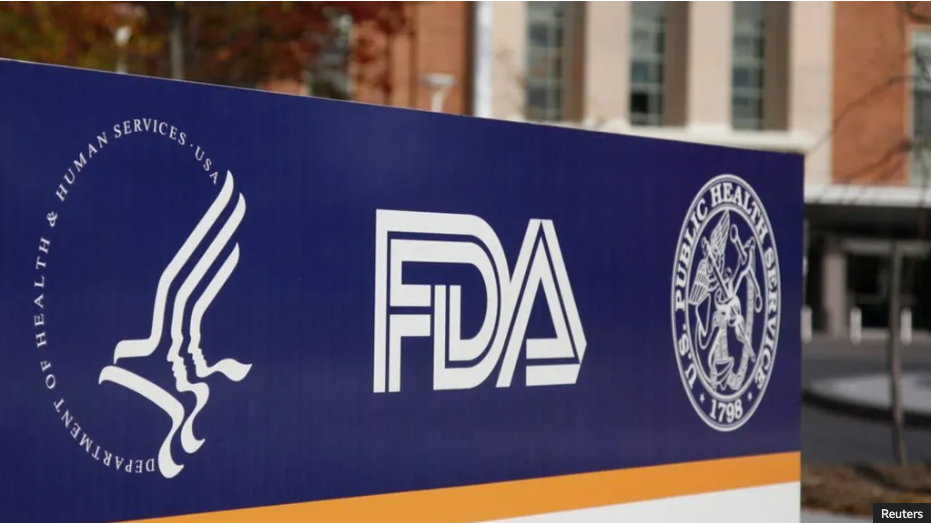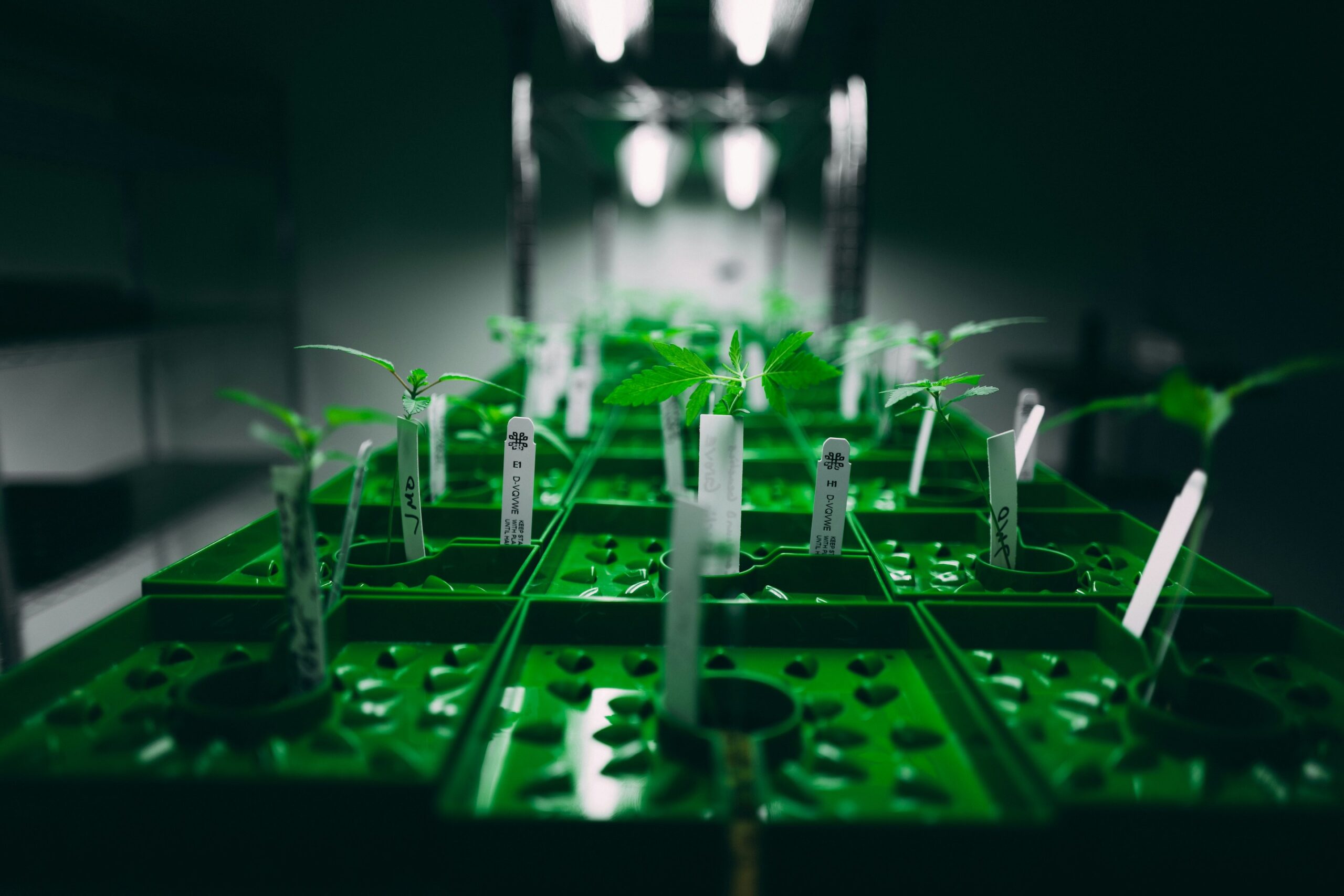April 8th – April 15th 2022
Perceptions of Risks and Benefits Following Cannabis Use Among the Adolescent and Young Adult Population
Ever cannabis users generally report lower risks and greater benefits compared to never users, a new study suggests.
Cannabis is known to be the most used illicit drug in the US, especially in the younger adult population. [1] There are many different methods to consume cannabis, but smoking remains the most popular method due to its fast and efficient effect. However, other methods which do not involve breathing smoke are on the rise and represent a “healthier” alternative to smoking (e.g., edibles, tinctures, creams). Despite this common perception, little is known about the perceived risks or benefits related to non-combustible products.
To fill this gap, researchers in three North Californian universities surveyed 433 adolescents and young adults aged (16-22 years old) on their perceptions of risks and benefits from short- and long-term cannabis exposure depending on the type of cannabis-based products (combustible, vaporized, blunts, or edibles). [2]
Firstly, about 50% of the participants indicated using at least one type of cannabis products, with combustible cannabis being the most used method of consumption.
Secondly, compared to ever users, never users reported “getting into trouble”, “friends upset with you” and “getting mouth/lung cancer” were reported for as the most common short-term and long-term perceived risks, respectively across the four different methods. Finally, compared to never users, ever users reported that “feeling less stressed and less depressed” were among the most common perceptions of short-term benefits, regardless of the cannabis products.
The authors concluded: “This study indicated that adolescents and young adults’ (AYA) perceptions of risks and benefits differ by cannabis product and use status, with greater perceived risks and benefits for combustible cannabis and blunts than for vaporized and edible cannabis. Prevention efforts should take into account perceptions of both risks and benefits and tailor educational messages to specific products to prevent all forms of AYA cannabis use.”
Cannabis Use Disorder (CUD) & Associated Surgical Outcomes
CUD patients were more likely to experience longer hospital stay, higher rates of complication, and higher costs compared to their non-CUD counterparts.
The cannabis plant is host to many phytocannabinoids with potential therapeutic benefits in a wide range of medical conditions. However, exaggerated cannabis consumption can lead to cannabis use disorder (CUD), defined as the inability to stop consuming cannabis despite showing physical and psychological harm. [3] With the increase in the number of US states legalizing cannabis for medical and recreational purposes, it is critical to understand how excessive use can impact disease states and surgical outcomes.
While cannabis may represent an alternative agent to opioids to decrease pain, little is known about the effects of excessive cannabis in CUD patients undergoing surgery.
A group of medical doctors in New York aimed to assess the surgical outcomes of CUD patients on hospital lengths of stay (LOS), medical complications, and healthcare expenditures following a surgical spinal procedure. [4]
Reports from 22 815 patients (CUD=3805 vs control=19010) between January 2007 and March 2018 showed that patients with CUD had significantly longer hospital LOS, higher rates of developing medical complications and had increased costs on their day of surgery and within 90 days following the procedure compared to the control group.
The authors concluded: “This study shows that patients with cannabis use disorder undergoing primary 1- to 2-level lumbar fusion experience longer in-hospital lengths of stay, have higher healthcare expenditures, and present with significantly higher rates of complications… As new research about the prevalence of cannabis use among patients with chronic pain emerges, it is essential to understand the impact that cannabis use disorder poses on patients undergoing orthopedic procedures considering increased legalization, use, and abuse among the United States population.”
Association between Cannabis Use, Sexual Dysfunction, and Depression among German Adults
Frequent cannabis use was linked to sexual dysfunction and depression among women, a new study reports.
Major depressive disorder (MDD) is the most common psychiatric disease and a worldwide leading cause of years lived with disability and lower health reported quality of life. [5],[6] Characterized by depressed mood or feeling of sadness, loss of interest or pleasure in everyday activities, the World Health Organization estimated than more than 280 million people suffered from depression worldwide (as of 2021). [7], [8]
Studies have shown that sexual dysfunction and heavy substance abuse can play an important role in the development of depression. In this way, depression was shown to be associated with a 50-70% increased risk of developing sexual dysfunction while sexual dysfunction was associated with a 130-210% increased risk of developing depression. [9],[10] In addition, the use of alcohol, tobacco, and cannabis can also affect sexual dysfunction differently depending on the frequency of intake. [11] As such, it is important to further examinate the relationship between sexual dysfunction and depression following heavy substance use.
A group of researchers in Germany surveyed a group of 4955 men and women aged between 18 and 75 to determine the effects of substance use on the association between sexual dysfunction and depression. [12]
Firstly, they found that both men and women with at least one reported event of sexual dysfunction were more likely to have depression-like episodes compared to those without sexual dysfunction. Secondly, women who frequently used cannabis with at least one sexual dysfunction have 4.7 times higher odds of depression than abstinent women without sexual dysfunction.
The authors concluded: “This study provides new data on the association between sexual dysfunction and depression among German adults in a nationally representative sample and the moderation effect of substance use on this association… Further studies should disentangle the pathways between sexual dysfunction, cannabis use, and depression through moderated mediation analyses.”
Cannabis Legalization & Psychosis/Schizophrenia-Related ED visits in Colorado
A significant increase in psychosis ED visits following the opening of cannabis dispensaries was reported.
Mental health and substance abuse diagnoses (e.g., psychosis and schizophrenia) are among the major contributors to the rise of hospital emergency department (ED) visits in the US. [13] Psychosis refers to a collection of symptoms showing a loss of touch with reality while schizophrenia is a chronic mental health disorder that can cause psychosis, characterized by delusions, hallucinations, disorganized speech or behavior, and impaired cognitive ability. [14]
Evidence indicates a strong association between cannabis use and chances of developing symptoms of psychosis, specifically with higher doses of ∆9-tetrahydrocannabinol (∆9-THC). [15],[16] In addition, a report showed that the prevalence of mental health-related ED visits in Colorado grew five times faster than those without cannabis in the two years when dispensaries opened. [17] However, it is unclear whether cannabis use is directly causal to the development of mental health diagnosis.
A group of researchers in Colorado aimed to investigate the impact of cannabis legalization on psychosis and schizophrenia-related EV visits in the Centennial State. [18]
Using data collected from Colorado Hospital Association (CHA), a total of 28623 schizophrenia and 56967 psychosis ED visits were reported between January 1st 2013 and December 31st 2018. Globally, a 24% increase in the rate of psychosis ED visits across all counties were recorded once recreational dispensaries opened while a non-significant trend was noted in the rate of psychosis ED visits in counties with no previous medical dispensaries.
The authors concluded: “Colorado, there was a positive association between the number of dispensaries (medical and recreational) and rates of psychosis ED visits across all counties… Although it is unclear whether it is access to products, or the types of products that may be driving this association, our findings suggest there is a potential impact on the mental health of the local population that is observed after cannabis legalization.”
References
[1] Hammond CJ, Chaney A, Hendrickson B, Sharma P. Cannabis use among U.S. adolescents in the era of marijuana legalization: a review of changing use patterns, comorbidity, and health correlates. Int Rev Psychiatry 2020;32(3):221-234. DOI: 10.1080/09540261.2020.1713056.
[2] Nguyen N, Wong M, Delucchi K, Halpern-Felsher B. Adolescents’ and young adults’ perceptions of risks and benefits differ by type of cannabis products. Addict Behav 2022;131:107336. DOI: 10.1016/j.addbeh.2022.107336.
[3] Connor JP, Stjepanovic D, Le Foll B, Hoch E, Budney AJ, Hall WD. Cannabis use and cannabis use disorder. Nat Rev Dis Primers 2021;7(1):16. DOI: 10.1038/s41572-021-00247-4
[4] Jain S, Cloud GW, Gordon AM, et al. Cannabis Use Disorder Is Associated With Longer In-Hospital Lengths of Stay, Higher Rates of Medical Complications, and Costs of Care Following Primary 1- to 2-Level Lumbar Fusion. Global Spine J 2022:21925682221093965. DOI: 10.1177/21925682221093965.
[5] Wittchen HU, Jacobi F, Rehm J, et al. The size and burden of mental disorders and other disorders of the brain in Europe 2010. Eur Neuropsychopharmacol 2011;21(9):655-79. DOI: 10.1016/j.euroneuro.2011.07.018.
[6] ‘Neil A, Sanderson K, Oldenburg B, Taylor CB. Impact of depression treatment on mental and physical health-related quality of life of cardiac patients: a meta-analysis. J Cardiopulm Rehabil Prev 2011;31(3):146-56. DOI: 10.1097/HCR.0b013e3181fc0985.
[7] A study on cognitive and depressive disorders in the elderly and their correlation with each other. Adv. Cogn. Sci., 11 (4) (2010), p.12
[8] https://ghdx.healthdata.org/gbd-results-tool?params=gbd-api-2019-permalink/d780dffbe8a381b25e1416884959e88b, assessed on April 15, 2022
[9] Clayton AH, El Haddad S, Iluonakhamhe JP, Ponce Martinez C, Schuck AE. Sexual dysfunction associated with major depressive disorder and antidepressant treatment. Expert Opin Drug Saf 2014;13(10):1361-74. DOI: 10.1517/14740338.2014.951324.
[10] Peixoto MM, Nobre P. Personality Traits, Sexual Problems, and Sexual Orientation: An Empirical Study. J Sex Marital Ther 2016;42(3):199-213. DOI: 10.1080/0092623X.2014.985352
[11] Mollaioli D, Ciocca G, Limoncin E, et al. Lifestyles and sexuality in men and women: the gender perspective in sexual medicine. Reprod Biol Endocrinol 2020;18(1):10. DOI: 10.1186/s12958-019-0557-9.
[12] Belau MH, Wiessner C, Becher H, von Ruden U, Briken P. Frequent Cannabis Use Moderates the Relationship Between Sexual Dysfunction and Depression Among Female German Adults. J Sex Med 2022. DOI: 10.1016/j.jsxm.2022.03.610.
[13] Hooker EA, Mallow PJ, Oglesby MM. Characteristics and Trends of Emergency Department Visits in the United States (2010-2014). J Emerg Med 2019;56(3):344-351. DOI: 10.1016/j.jemermed.2018.12.025.
[14] Patel KR, Cherian J, Gohil K, Atkinson D. Schizophrenia: overview and treatment options. P T 2014;39(9):638-45.
[15] Patel, R. et al. Cannabis use and treatment resistance in first episode psychosis: a natural language processing study. Lancet 385, S79 (2015)
[16] D’Souza DC, Perry E, MacDougall L, et al. The psychotomimetic effects of intravenous delta-9-tetrahydrocannabinol in healthy individuals: implications for psychosis. Neuropsychopharmacology 2004;29(8):1558-72. DOI: 10.1038/sj.npp.1300496.
[17] Hall KE, Monte AA, Chang T, et al. Mental Health-related Emergency Department Visits Associated With Cannabis in Colorado. Acad Emerg Med 2018;25(5):526-537. DOI: 10.1111/acem.13393
[18] Wang GS, Buttorff C, Wilks A, Schwam D, Tung G, Pacula RL. Impact of cannabis legalization on healthcare utilization for psychosis and schizophrenia in Colorado. Int J Drug Policy 2022;104:103685. DOI: 10.1016/j.drugpo.2022.103685.






